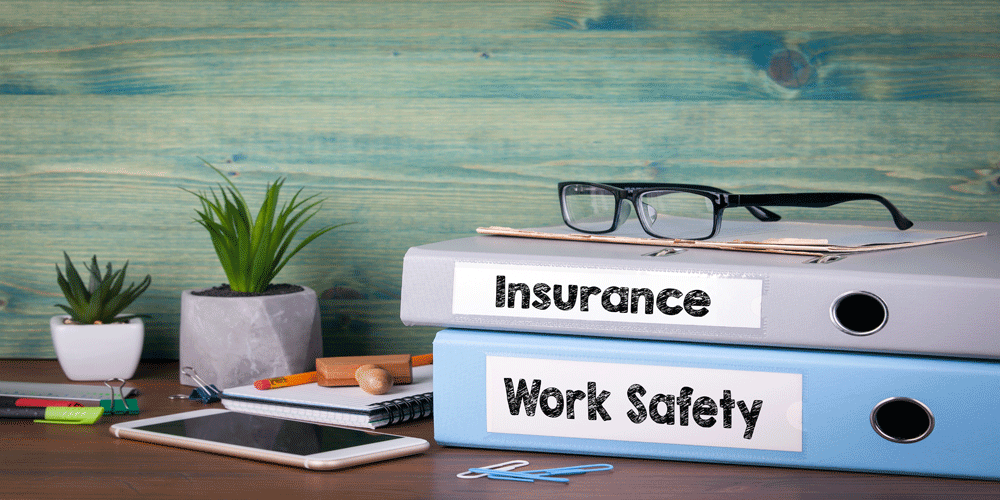Creating a safe working environment is not just a legal and ethical responsibility, but it also fosters employee well-being, productivity, and overall business success. As an employer, it is crucial to prioritise the safety and health of your employees. Here are some essential steps to ensure a safe working environment:
1️⃣ Conduct a thorough risk assessment: Start by identifying potential hazards in the workplace. Perform regular inspections to assess the condition of equipment, machinery, and infrastructure. Identify any potential physical, chemical, or biological hazards that could pose a threat to your employees’ well-being.
2️⃣ Implement safety policies and procedures: Develop comprehensive safety policies and procedures that address the identified risks. Clearly communicate these policies to all employees and ensure they understand and follow them. Regularly review and update the policies as needed to accommodate changes in the work environment.
3️⃣ Provide proper training: Conduct safety training programs to educate your employees on workplace hazards, safe work practices, and emergency procedures. Train them on how to use equipment and machinery correctly. Encourage open communication, where employees can report safety concerns and ask questions without fear of reprisal.
4️⃣ Maintain a clean and organised workplace: A cluttered or untidy workspace can increase the risk of accidents and injuries. Encourage employees to keep their work areas clean and organised. Implement regular cleaning schedules and provide appropriate waste disposal methods to maintain a hygienic environment.
5️⃣ Equip employees with personal protective equipment (PPE): Identify the necessary personal protective equipment for each job role and provide it to your employees. This may include safety goggles, gloves, helmets, masks, or ear protection. Regularly inspect and replace damaged or worn-out PPE to ensure effectiveness.
6️⃣ Promote ergonomic practices: Take measures to prevent workplace injuries caused by poor ergonomics. Provide adjustable chairs, desks, and ergonomic tools to support proper posture and reduce musculoskeletal strain. Encourage regular breaks, stretching exercises, and proper lifting techniques.
7️⃣ Foster a culture of safety: Safety should be an integral part of your company culture. Encourage employee participation in safety committees or programs. Recognise and reward individuals who prioritise safety and report hazards. Regularly communicate safety messages through newsletters, meetings, or training sessions.
8️⃣ Establish emergency preparedness: Develop and communicate emergency response plans for various scenarios such as fires, natural disasters, or medical emergencies. Conduct drills and simulations to ensure employees are aware of evacuation routes, assembly points, and emergency contacts.
9️⃣ Regularly evaluate and improve safety measures: Conduct periodic evaluations and inspections to identify any gaps in your safety protocols. Seek feedback from employees and involve them in the decision-making process to enhance safety measures. Stay updated on industry best practices and comply with relevant safety regulations.
Prioritising the safety and well-being of your employees is not only the right thing to do, but it also leads to increased employee satisfaction, productivity, and retention. By following these steps and continually improving your safety practices, you can create a secure working environment where your employees can thrive.
Remember, safety is a shared responsibility, and everyone in the organisation plays a vital role in maintaining a safe workplace.
